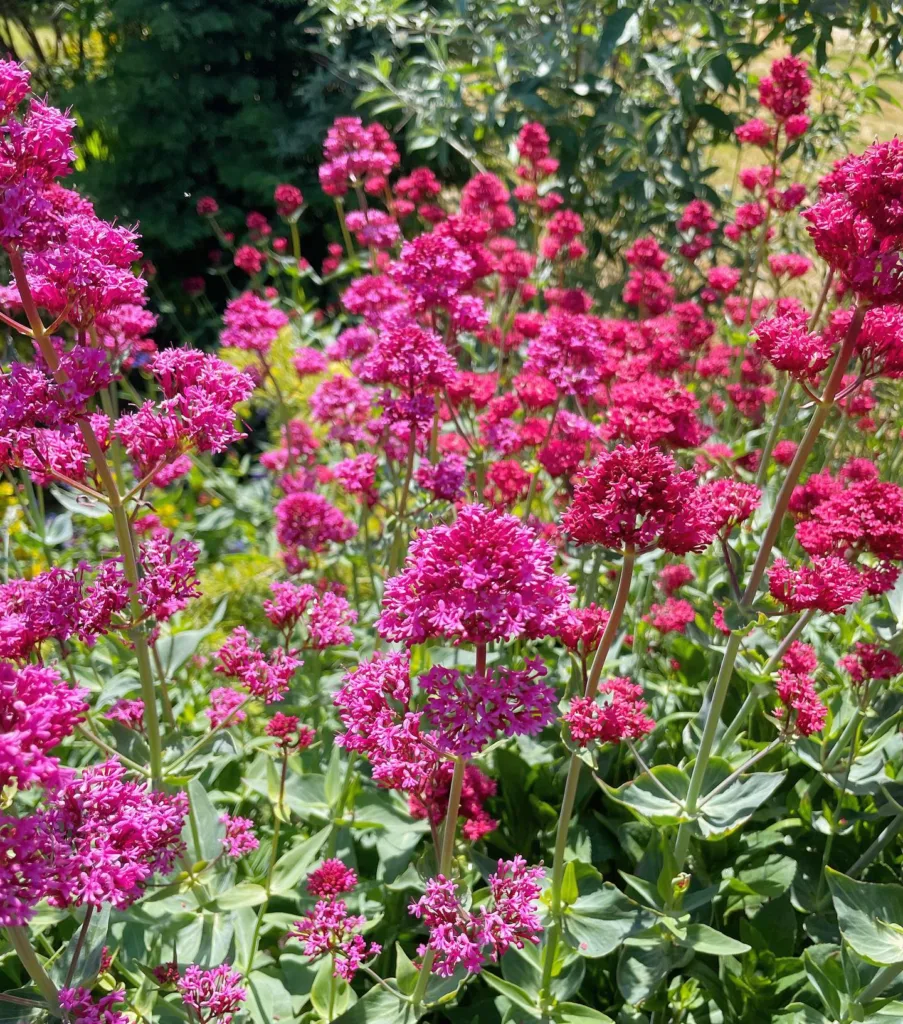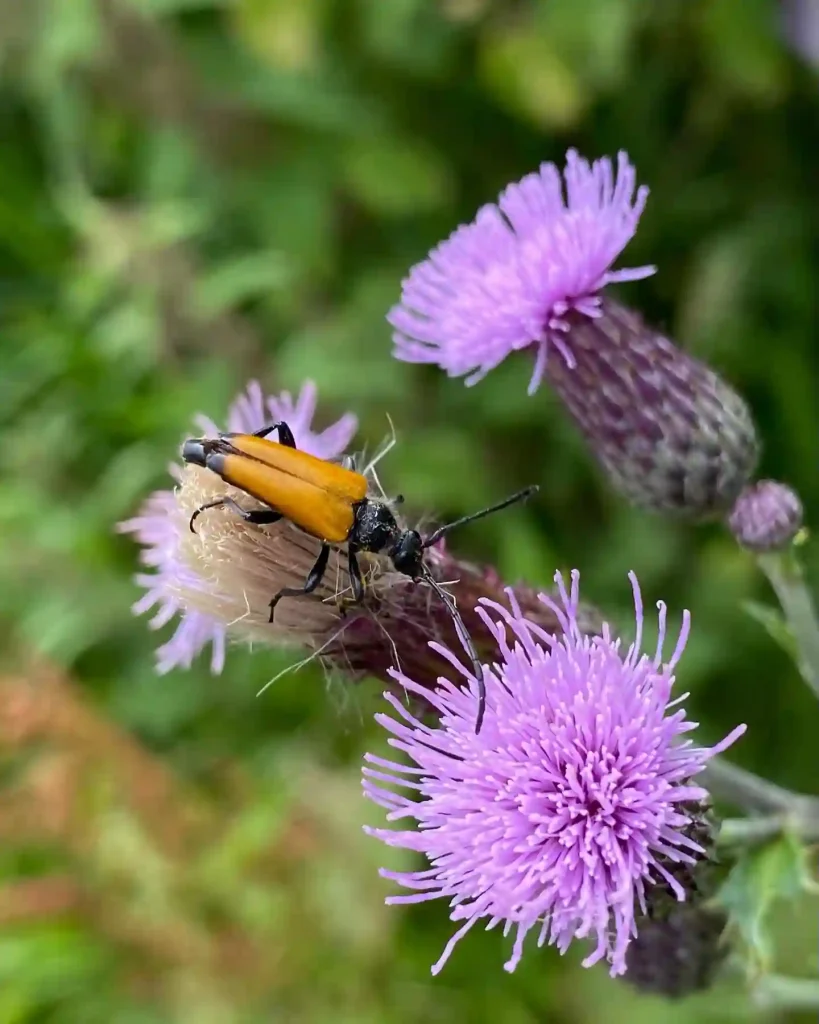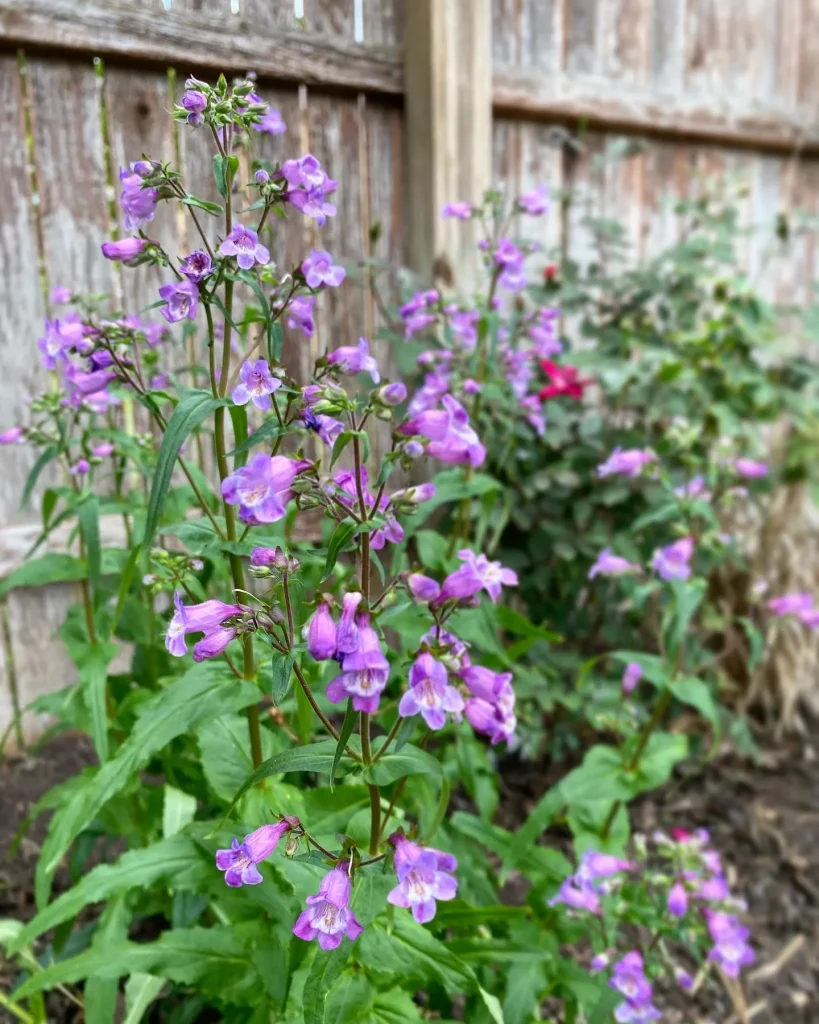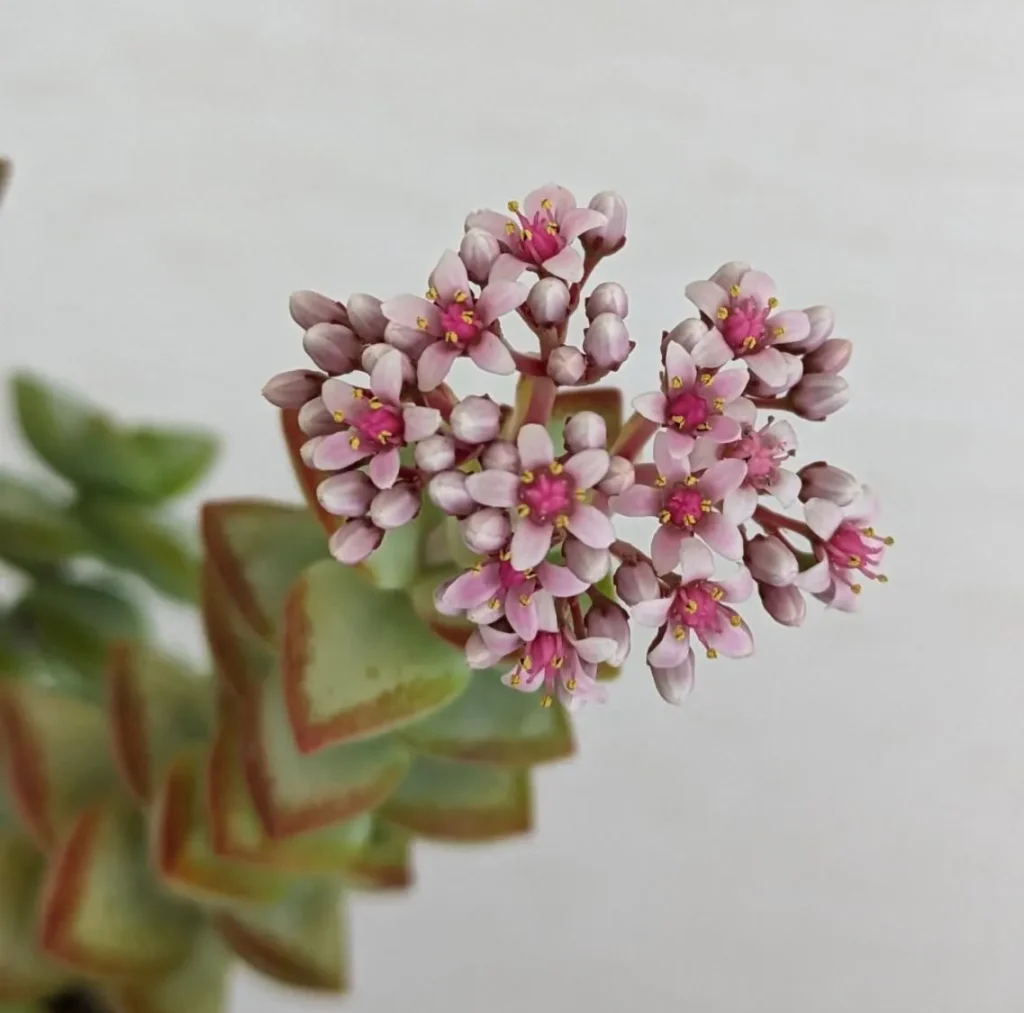Goldie’s Fern: Unveiling the Beauty of Dryopteris Goldieana
Hi, I’m Ferb Vu, and I’m here to delve into the world of Dryopteris Goldieana, also known as Goldie’s Fern. This majestic fern native to North America has captured the hearts of gardeners for generations with its impressive size and elegant form. Today, we’ll answer some frequently asked questions to help you decide if this fern deserves a spot in your own garden.
432 Species in Genus Dryopteris
What Makes Dryopteris Goldieana Special?
Goldie’s Fern stands out for its grandeur. Reaching heights of over three feet, it boasts magnificent fronds that unfurl in an upright, arching habit. These fronds, a rich dark green or sometimes a shimmering golden-green, have an oblong-triangular shape and taper dramatically towards the tip. The intricate network of veins adds another layer of visual interest.
Unlike some ferns that stay evergreen, Dryopteris Goldieana is deciduous. Come fall, its fronds transform into a warm, golden brown, adding a touch of autumnal charm to your landscape.
Goldie’s Fern vs. Other Ferns: Finding Your Perfect Match
With countless fern varieties out there, you might wonder how Dryopteris Goldieana compares. Here’s a quick look at two popular options:
- Lady Fern (Athyrium Filix-femina): This graceful fern offers delicate, triangular fronds in a lighter shade of green. It thrives in similar conditions to Goldie’s Fern but tends to be smaller, reaching around two feet in height. If you have a shady nook that needs a touch of elegance, Lady Fern might be a better fit.
- Sword Fern (Polystichum Munitum): This evergreen fern boasts stiff, upright fronds that resemble swords, hence its name. It prefers more moisture than Goldie’s Fern and can tolerate some sun exposure. If you’re looking for a fern with year-round presence and adaptability to varying light conditions, the Sword Fern could be your pick.
Ultimately, the best choice depends on your garden’s specific needs and your desired aesthetic.
How to care for Goldie’s Fern?
Dryopteris Goldieana is a relatively low-maintenance fern, but understanding its preferences ensures it thrives in your garden. Here’s what you need to know:
- Light: Part shade to full shade is ideal. Avoid harsh afternoon sun, which can scorch the fronds.
- Soil: Moist, well-drained, and rich in organic matter is key. Amending your soil with compost before planting will provide the nutrients your fern needs.
- Watering: Keep the soil consistently moist, especially during hot and dry periods. Avoid soggy conditions, but don’t let the plant dry out completely.
- Fertilizing: A light application of balanced fertilizer once a year in spring is sufficient.
- Hardiness: Goldie’s Fern is surprisingly tough, tolerating temperatures down to -30°C (-22°F).
Bonus Tip: To encourage bushier growth, you can gently divide your fern every few years.
Bringing the Elegance of Goldie’s Fern to Your Garden
Now that you’re familiar with Dryopteris Goldieana, it’s time to consider incorporating it into your landscape. Here are some creative ideas:
- Woodland Garden: Mimic its natural habitat by planting it under trees or near shrubs. Combine it with other shade-loving plants like hostas, foamflowers, and ferns like Lady Fern for a lush, layered effect.
- Container Garden: Its architectural form makes it a striking container plant for patios or balconies. Use a pot with good drainage and provide consistent moisture.
- Focal Point: Plant a single Goldie’s Fern as a focal point in a shady border. Its size and presence will command attention.
With its easy care and undeniable beauty, Dryopteris Goldieana can be a valuable addition to any shade garden. So, why not give this magnificent fern a try and add a touch of timeless elegance to your outdoor space?
If i die, water my plants!



